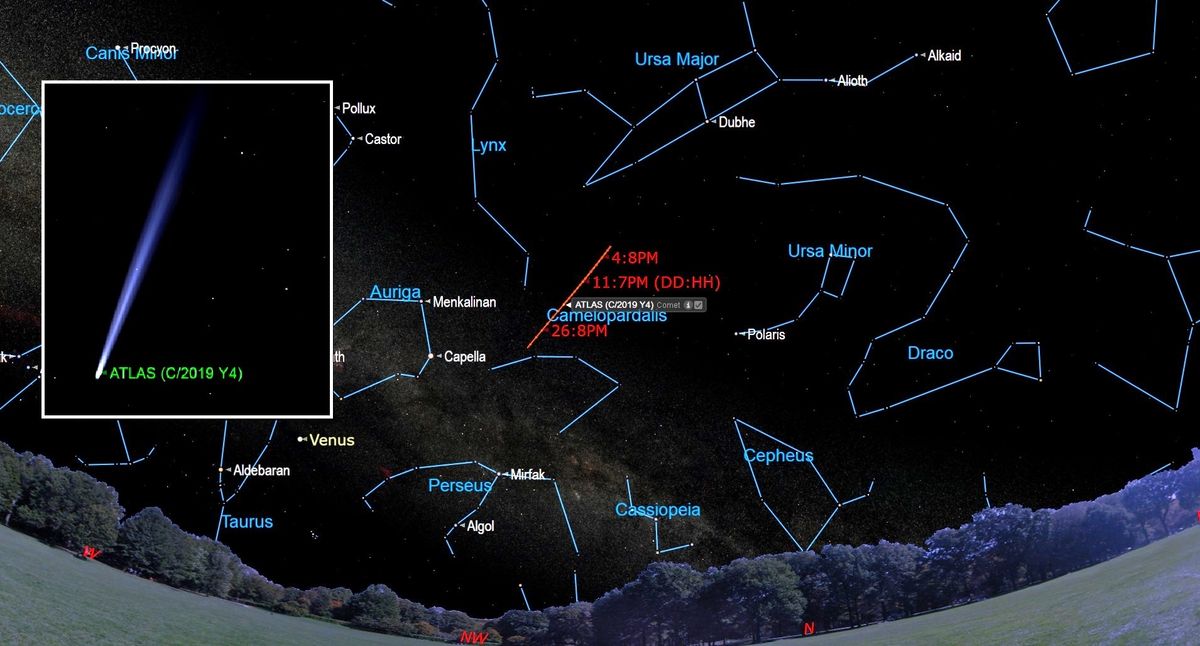


High in the southwest you can find the bright stars of the winter evening sky. The central peak of Cassiopeia's W-shape also points you in the direction of Polaris. This group of stars can also help you find the North Star. Look to the northwest for a group of five stars known as Cassiopeia the Queen. Neither of these constellations has any other bright stars. Then speed on to Spica, the single bright star in Virgo the Maiden low in the southeast. The point at the bottom of the question mark is Regulus, the regal heart of the lion.įollow the curved handle of the Big Dipper to trace the 'arc' to Arcturus, the orange colored star in Boöes the Herdsman. Look for a backwards question-mark shape representing the head of the lion. Where does the water fall? Onto the back of Leo the Lion. Imagine poking a hole in the bottom of the Dipper's bowl. The Big Dipper is just a part of the constellation Ursa Major the Great Bear. This group of stars is officially known as Ursa Minor the Little Bear. Polaris is at the end of the handle of the Little Dipper. When you face Polaris, you're facing due north. Use the two stars at the end of the bowl of the Dipper to point you to Polaris. We can use the stars of the Big Dipper to help us find Polaris, the North Star. As we head towards springtime, it's getting easier to find in the early evening. A first quarter Moon visits Mars on the evening of March 27.ĭuring the autumn and winter, the Big Dipper was buried low to the northern horizon until the wee hours of the morning. It's almost directly overhead in the early evening. Look high in the south for the red planet Mars. If you have a clear, low horizon and cloudless skies to the west, look for an extremely thin crescent Moon near Jupiter on the evening of the 22nd. Jupiter will become increasingly difficult to see, getting lost in the glow of sunset by the end of the month. As March continues, the two planets will drift apart from each other - Jupiter setting earlier, and Venus setting later. Look as soon as the sky begins to get dark, because both planets will set by 8pm. On March 1 these two brilliant planets appear extremely close to each other. For the past several weeks, we've watched Venus approach Jupiter to the west just after sunset.


 0 kommentar(er)
0 kommentar(er)
